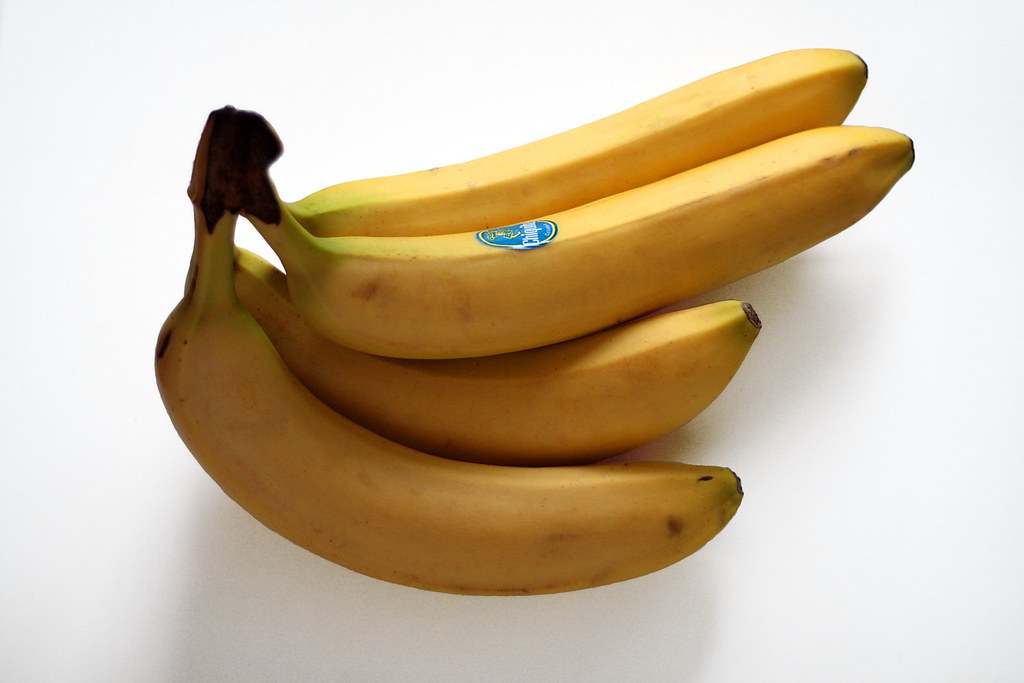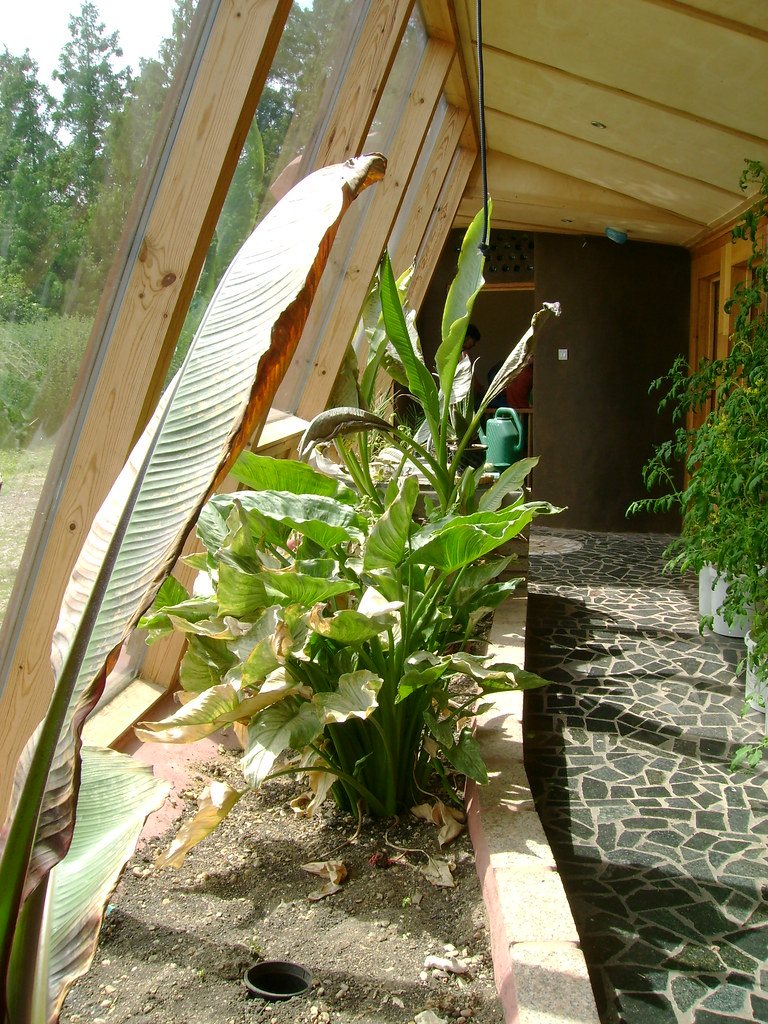In the ever-evolving world of architecture, where innovation and creativity reign supreme, one cannot help but be captivated by the unconventional and thought-provoking design choices that emerge. Among these intriguing choices is the phenomenon of hanging bananas, a seemingly perplexing yet captivating trend that has taken the architectural world by storm. But why hang bananas? What purpose do these suspended elements serve in modern architecture? In this article, we will delve into the fascinating realm of suspended elements, exploring their role in shaping the aesthetics, functionality, and even symbolism of contemporary architectural masterpieces. Prepare to be amazed as we unravel the secrets behind this enigmatic design choice and discover the hidden stories that lie within the suspended elements of modern architecture.

Modern architecture has witnessed a significant evolution in the use of suspended elements. From the early days of simple hanging structures to the complex and innovative designs of today, architects have continually pushed the boundaries of what is possible with suspended elements. This evolution has been driven by advancements in engineering, materials, and the desire to create visually stunning and structurally efficient buildings.
In contemporary architecture, the use of hanging bananas has emerged as a symbol of creativity and playfulness. These suspended elements not only add an element of surprise and whimsy to architectural designs but also serve practical purposes. Hanging bananas can provide shading, create unique spatial experiences, and act as focal points within a building. Their significance lies in their ability to challenge traditional notions of form and function, inviting viewers to question and engage with the built environment in new and unexpected ways.
Modern architectural practices have embraced the power of suspended elements to create dynamic and visually striking spaces. By suspending elements such as stairs, walkways, or even entire buildings, architects can defy gravity and transform the way people experience architecture. This approach allows for a greater integration of indoor and outdoor spaces, encourages movement and exploration, and fosters a sense of awe and wonder. Through careful engineering and innovative design, architects are harnessing the power of suspended elements to shape the future of architectural expression.

Modern architecture has witnessed a significant evolution in the use of suspended elements. From traditional structural supports to innovative design features, these elements have become an integral part of contemporary buildings. Architects now explore various materials and techniques to create visually stunning and functional suspended elements.
Hanging bananas, once considered a mere functional necessity, have now evolved into a prominent aesthetic element in architecture. Architects recognize the unique visual appeal and symbolism that hanging bananas can bring to a space. They can add a touch of whimsy, create interesting focal points, and evoke emotions in the viewers.
The use of suspended elements in modern architecture offers limitless design possibilities. Architects can experiment with different shapes, sizes, and materials to create captivating visual effects. By defying gravity, these elements challenge conventional design norms and allow architects to push the boundaries of creativity.
Hanging bananas in architectural design go beyond mere functionality and aesthetics. They can serve as powerful symbols, representing concepts such as balance, tension, or even social commentary. Architects carefully consider the placement and arrangement of hanging bananas to convey their intended message and evoke a specific emotional response from the viewers.
Modern architecture is increasingly incorporating eco-friendly practices, and one way this is achieved is through the use of hanging elements. By suspending elements such as gardens, solar panels, or rainwater collection systems, architects can optimize space and reduce the building's environmental impact. These hanging elements not only provide functional benefits but also contribute to the overall aesthetic appeal of the structure.
Suspended elements in architectural spaces have a significant psychological impact on individuals. The presence of hanging elements can create a sense of awe, wonder, and curiosity. They can also evoke feelings of tranquility and relaxation, especially when incorporating natural elements such as hanging gardens or water features. The unique visual experience offered by these elements can enhance the overall atmosphere and improve the well-being of occupants.
Designing and implementing hanging elements in architecture presents numerous engineering challenges. One example is the structural considerations involved in hanging bananas, a popular design choice in contemporary architecture. Architects and engineers must carefully calculate the weight distribution, stress points, and load-bearing capabilities to ensure the safety and stability of these hanging elements. Innovative techniques and materials are often employed to overcome these challenges and create stunning architectural marvels.
The use of suspended elements in modern architecture is not only influenced by functional considerations but also by cultural factors. Different cultures have their own unique architectural styles and preferences, which can impact the use of hanging elements. For example, in some Asian cultures, there is a long-standing tradition of incorporating hanging lanterns or paper decorations in architectural designs. These elements not only add visual interest but also hold symbolic meanings. By understanding and respecting cultural influences, architects can create designs that are both aesthetically pleasing and culturally relevant.
Lighting plays a crucial role in enhancing the visual impact of hanging elements in architectural design. Properly placed and well-designed lighting can highlight the unique shapes and textures of suspended elements, creating a captivating visual experience for viewers. By strategically illuminating hanging bananas or other suspended objects, architects can create dramatic shadows, emphasize certain features, and add depth to the overall design. Additionally, lighting can be used to create different moods or atmospheres, further enhancing the aesthetic appeal of the hanging elements.
Contemporary architecture has seen the emergence of innovative materials and techniques for creating suspended elements. With advancements in technology and engineering, architects now have access to a wide range of lightweight and durable materials that are suitable for hanging structures. These materials include carbon fiber, glass-reinforced polymers, and high-strength steel cables. Additionally, new construction techniques such as tensioning systems and computer-aided design have made it possible to create complex and intricate hanging elements. These innovations have expanded the possibilities for architectural design, allowing architects to push the boundaries of creativity and create visually stunning suspended structures.
Hanging bananas in modern architecture can symbolize a variety of concepts and ideas. One interpretation is that it represents a sense of playfulness and whimsy, adding an element of surprise and intrigue to the design. The unconventional use of hanging bananas can also symbolize a departure from traditional architectural norms, challenging the viewer's expectations and encouraging them to think outside the box. Additionally, the choice to incorporate hanging bananas can be seen as a statement on sustainability and the importance of nature in architectural design.
Suspended elements in architectural design have significant cultural implications. In many cultures, the act of hanging objects is associated with rituals or ceremonies, symbolizing spiritual or religious beliefs. By incorporating suspended elements into architectural design, architects can pay homage to these cultural traditions and create spaces that evoke a sense of reverence or contemplation. Suspended elements can also serve as a means of storytelling, representing cultural narratives or historical events. Overall, the cultural significance of suspended elements adds depth and meaning to architectural designs.
Hanging bananas offer a range of functional possibilities in contemporary architecture. One practical application is their use as a form of natural shading. By strategically placing hanging bananas, architects can create areas of shade that protect occupants from direct sunlight while still allowing for natural light to filter through. Additionally, hanging bananas can serve as a partitioning element, dividing spaces without completely blocking visual or physical access. Their organic shape and lightweight nature also make them ideal for creating dynamic and flexible spaces that can be easily reconfigured. The functional versatility of hanging bananas allows architects to experiment with different design possibilities and adapt spaces to meet specific needs.
Hanging bananas in modern architecture have come to symbolize a playful and unconventional approach to design. This trend challenges traditional notions of form and function, inviting viewers to question the boundaries of what is considered art and architecture.
Suspended elements in architectural design have deep cultural significance, often representing a sense of weightlessness and freedom. This design choice can be seen in various cultures around the world, where hanging objects are used to create a sense of movement and fluidity within a space.
Hanging bananas in contemporary architecture serve a multitude of functional purposes. They can act as lighting fixtures, storage solutions, or even seating elements. This versatility allows architects to maximize space utilization while creating visually striking and functional environments.
Suspended elements play a crucial role in creating dynamic spaces in modern architecture. By introducing elements that appear to float or hang, architects can add visual interest and create a sense of movement within an otherwise static environment. This design technique enhances the overall experience and engages the viewer on a deeper level.
Hanging bananas in architectural design serve as a way to incorporate nature into indoor spaces. By adding natural elements, such as hanging plants or fruit, architects can create a connection to the outdoors and bring a sense of tranquility and vitality to the built environment.
Suspended elements play a vital role in creating interactive and engaging architectural experiences. Whether it's through interactive installations or hanging sculptures, these elements encourage viewers to interact with their surroundings, fostering a sense of curiosity and exploration.
In conclusion, the intriguing role of suspended elements in modern architecture, exemplified by the question of why hang bananas, holds significant importance in the field. These suspended elements not only challenge traditional notions of gravity and stability but also create visually striking and dynamic spaces. They have the power to transform ordinary structures into extraordinary works of art, captivating the imagination and pushing the boundaries of what is possible in architectural design. Moreover, the use of suspended elements in contemporary architecture reflects our evolving relationship with space, technology, and the environment. As we continue to explore new ways of constructing and inhabiting our built environment, the incorporation of suspended elements offers endless possibilities for innovation and creativity. From floating gardens to hanging skyscrapers, the relevance of suspended elements in modern architecture cannot be overstated, as they continue to shape the way we experience and interact with the built world.
Immerse yourself in architecture’s most boundary-pushing ideas—where innovative home improvements meet visionary urban developments. Discover new building techniques, materials, and creative concepts that are redefining how we shape our spaces on a global scale.